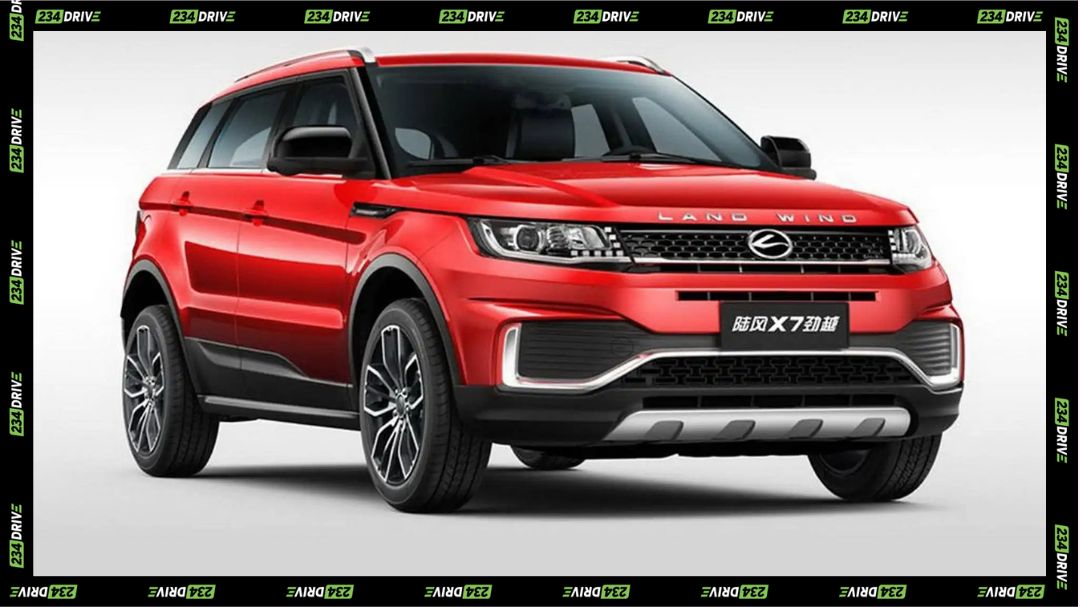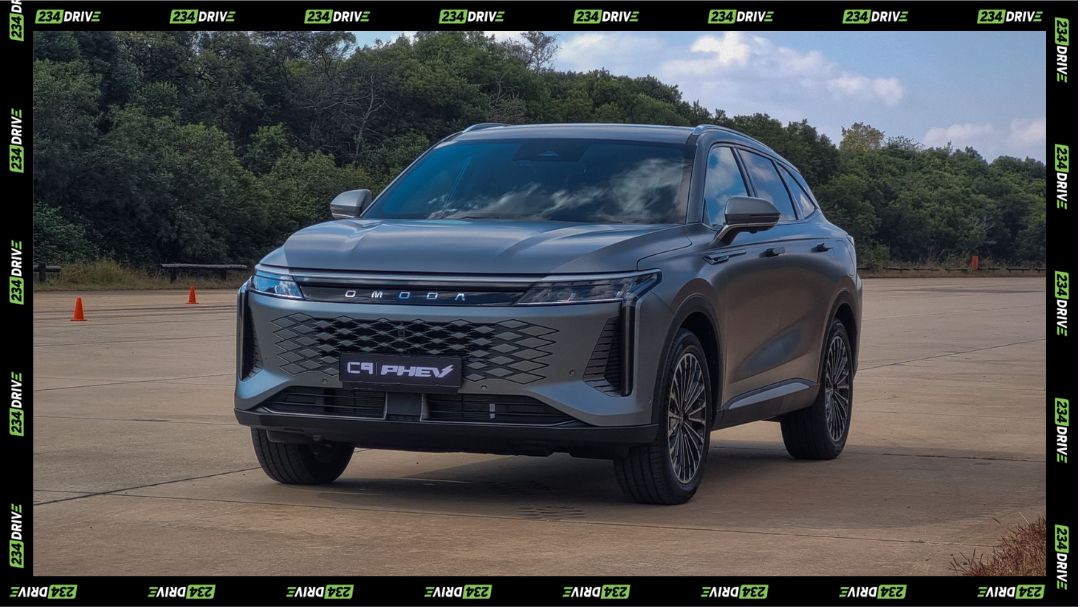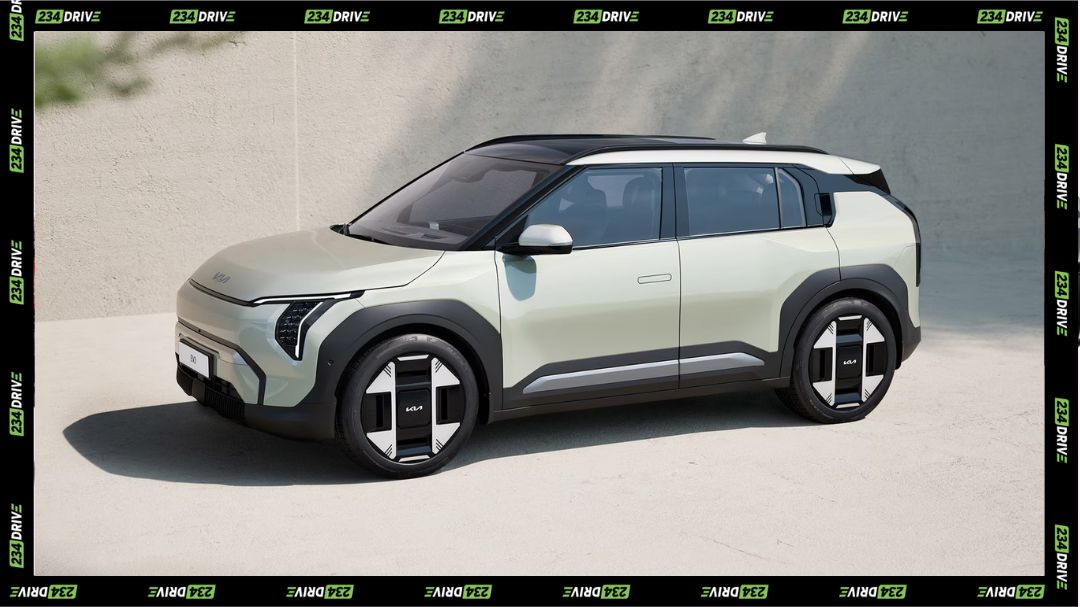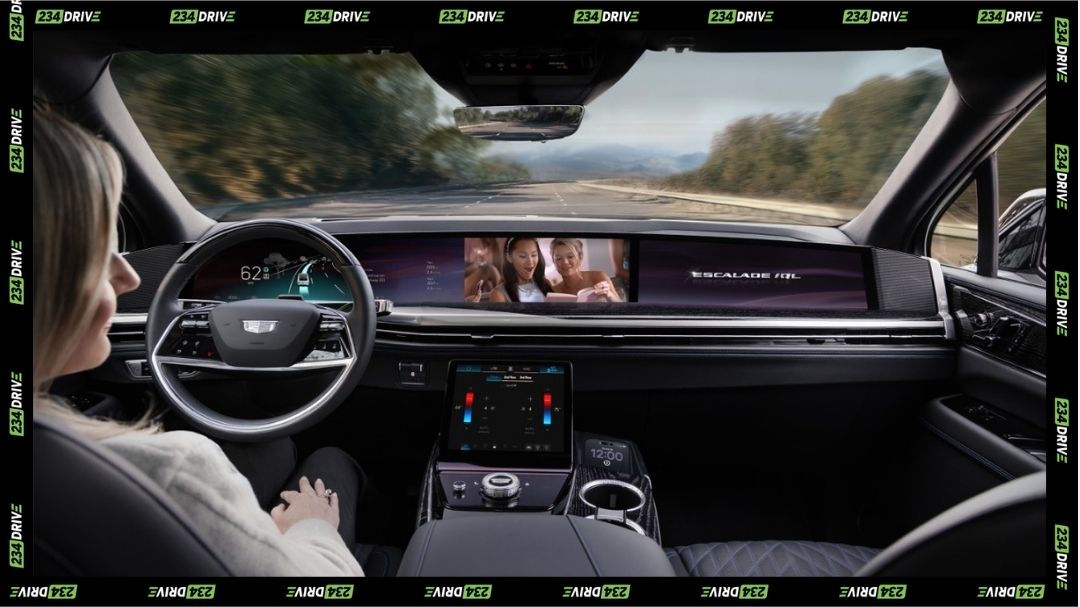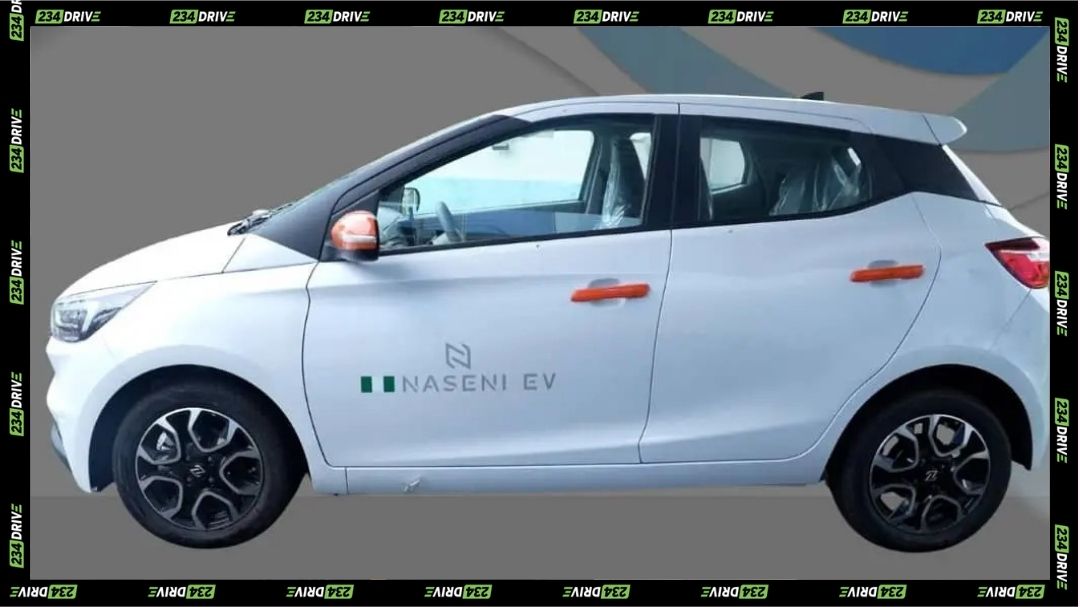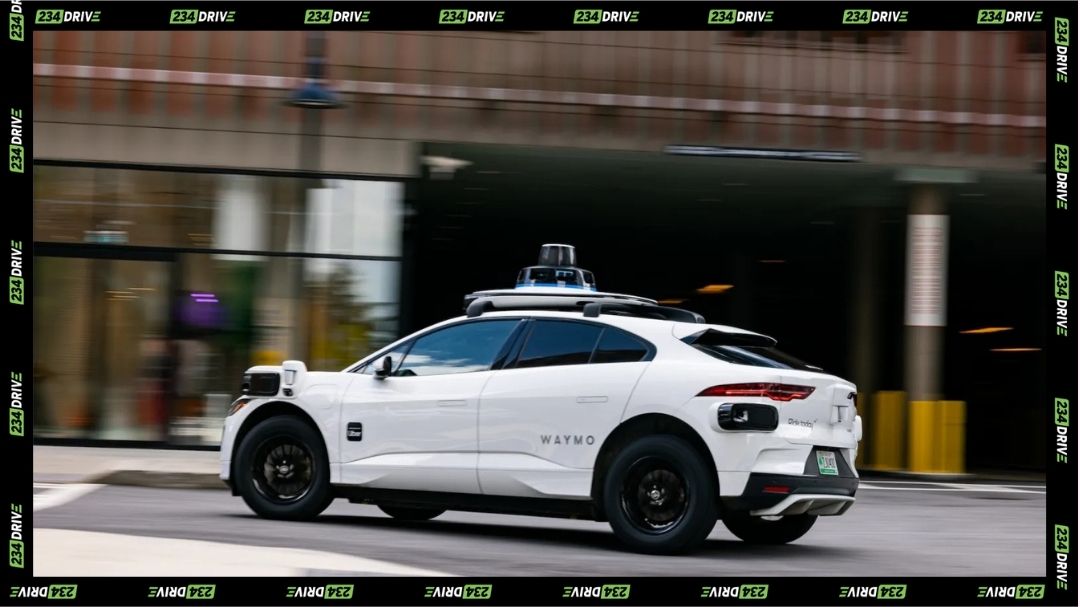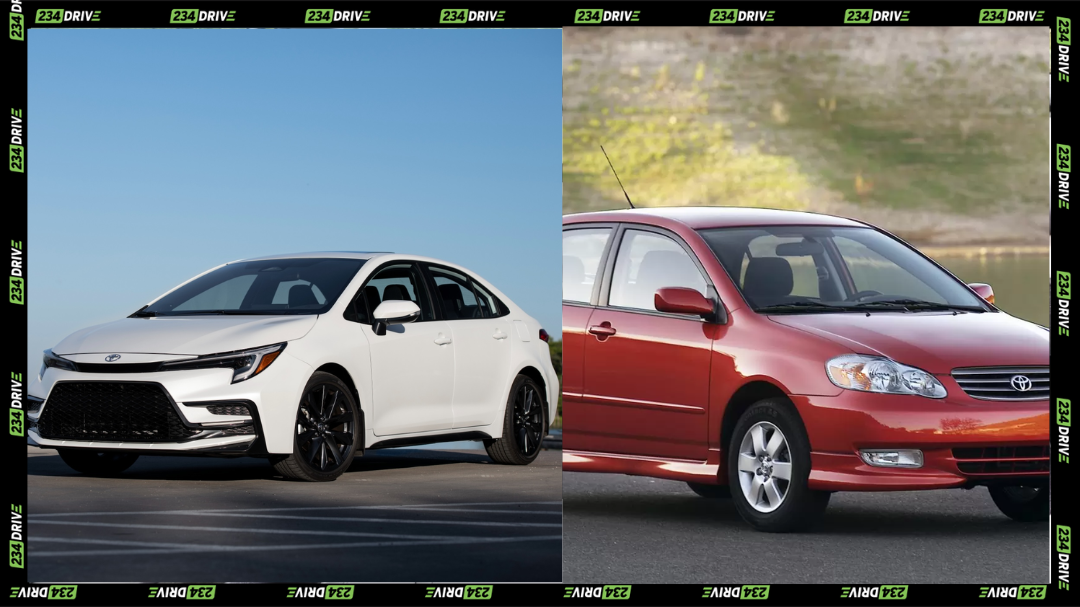
Split frame compares the latest Corolla’s aggressive design with the older model’s simple, familiar look.
It’s one of the closest things to magic—what a rebranding can do. A new appearance, designs that hint at the original and nod to the trusted pioneer, yet still attract both its first believers and new ones.
Toyota’s big reveal at the 2025 Japan Mobility Show did more than introduce a sharper Corolla. It showed a wider trend: cars that once felt like plain, predictable transport have quietly evolved into desirable machines. These nameplates, some on the road for more than half a century, kept improving until they moved from a “sensible choice” to something worth noticing while still keeping their original capability.
We’re taking a look at four cars that made that transition: the Toyota Corolla, Honda Civic, Hyundai Elantra, and Ford Mustang. Each has decades of history, and each reinvented itself in a way few people expected.
58 Years in the Making, but the Toyota Corolla Has Now Become Truly Exciting
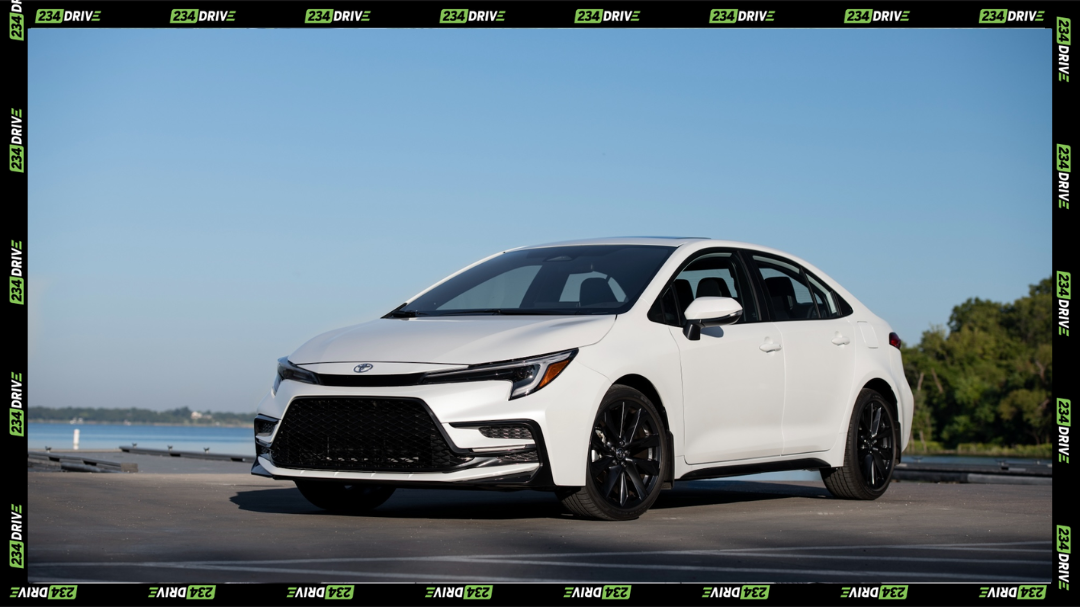
The new 2025 Toyota Corolla shows sharper lines and a stronger stance, pushing far beyond its old image. | Source: Toyota
Launched in 1966, the Corolla spent most of its life as the reliable pick for families, students, and taxi fleets across the world. In many African cities—from Lagos to Nairobi—the Corolla became a staple because of its durability and low running costs. But the model stayed visually simple for decades. Things changed with the 12th generation and the 2019 hatchback, which finally carried confident styling. The latest models sharpen that look even further, and the GR Corolla brought a full reset. A 300-horsepower three-cylinder Corolla turned a once-quiet nameplate into a car enthusiast debate. No one driving a 2008 Corolla to church every Sunday could have imagined this shift.
For 53 Years, the Honda Civic Has Changed More Than Most Cars Ever Do
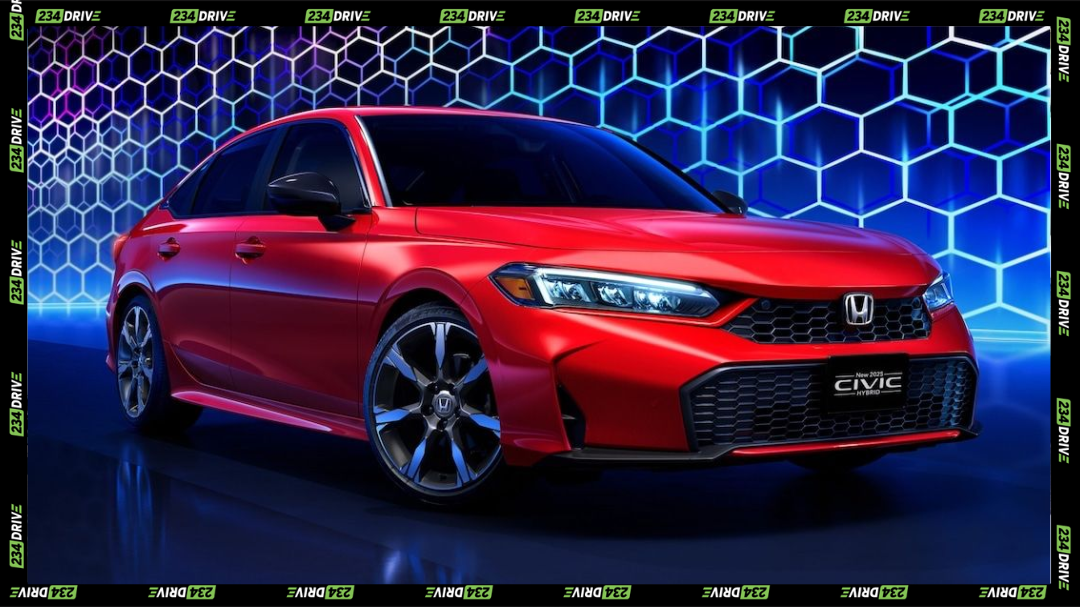
The new 2025 Honda Civic adopts cleaner styling and stronger presence, marking another shift in its long evolution. | Source: Honda
Since 1972, the Civic has moved from “efficient and friendly” to “sporty and respected.” Its early years were defined by fuel savings and small size, which made it a common sight in parts of West and East Africa where people needed affordable, long-lasting cars. Over time, Honda added performance trims like the Si and Type R, and the Civic built a reputation for balance and handling. The newest 11th-generation Civic goes for simple, mature styling and keeps enthusiast appeal alive with a 315-horsepower Type R. Few compact cars have managed to stay relevant this long by adjusting so consistently.
After 34 Years, the Hyundai Elantra Has Evolved From Being Viewed as a Casual Option to One That Is Taken Seriously
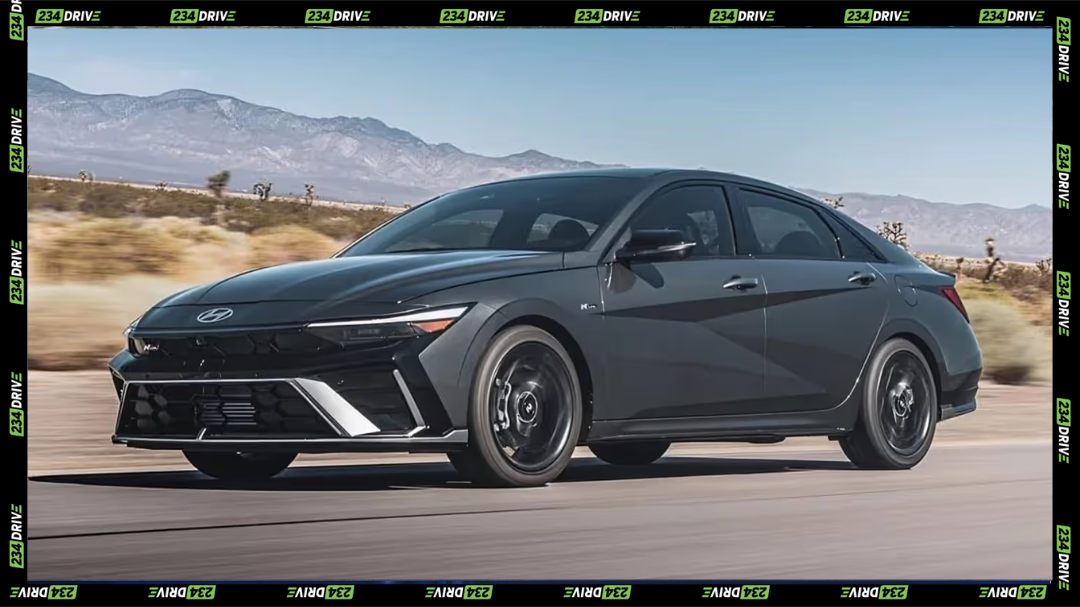
The 2025 Hyundai Elantra now carries bold styling and stronger character, moving far beyond its early entry-level reputation. | Source: Hyundai
Introduced in 1990, the Elantra started as the budget option—practical, warranty-focused, and rarely exciting. Hyundai’s design turnaround changed everything. The latest versions have sharp angles, a stronger stance, and trims built for real performance. The Elantra N, with 276 horsepower and a manual gearbox choice, shows how far the nameplate has come. As Hyundai grew its presence in African markets such as South Africa, Nigeria, and Egypt, the Elantra proved it could be stylish and engaging without losing value.
At 61 years old, The Ford Mustang Remains One of the Most Repeatedly Reborn Cars on the Road.
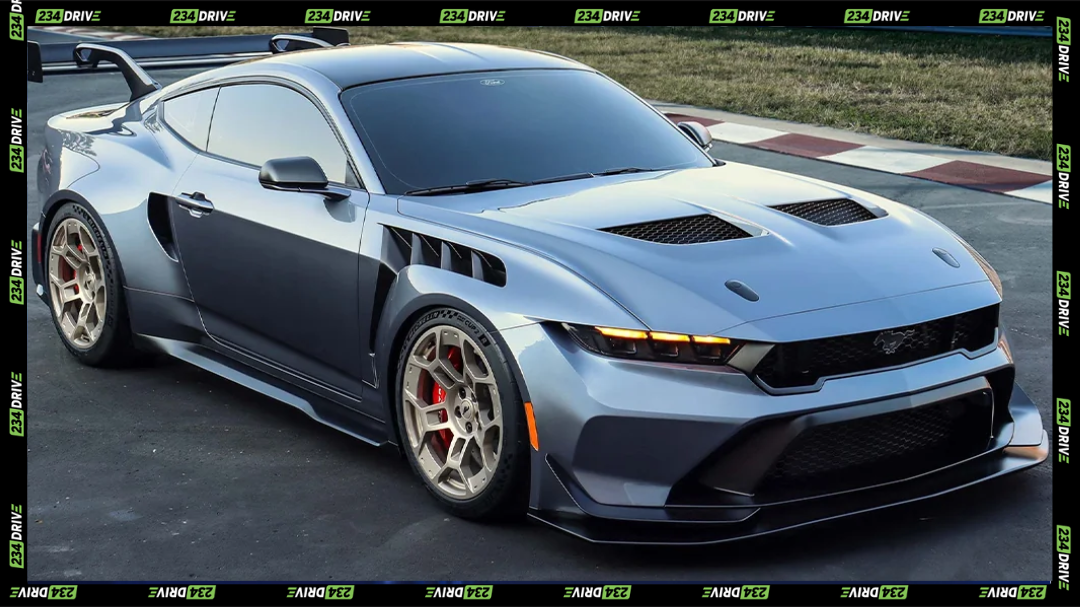
The latest 2025 Ford Mustang delivers a modern, aggressive redesign with track-focused features and sharper aerodynamic details. | Source: Northside ford
Launched in 1964, the Mustang set the standard for American muscle but experienced a period of decline. The 2005 retro revival helped restore excitement, and the newest S650 generation finally brings modern handling to match the power. Independent rear suspension, better tech, and options ranging from EcoBoost to former Shelby V8s give the Mustang the broad appeal it lacked for years. Even in markets where American coupes are rare, including parts of South Africa, the Mustang holds cultural weight.
Why Reinvention Keeps Cars Like the Corolla and Civic More Relevant Than Ever
These four long-running models show how much a car can change when a brand keeps improving design, power, and overall feel. They started as basic daily drivers and became cars people look forward to using. That happened because the manufacturers kept fixing problems and trying new ideas.
And the change won’t stop here. The next five years will likely bring more hybrids, smarter electric choices, lighter builds, and designs that mix old inspiration with new tech. If these established names have already evolved this far, their next updates could be even more surprising.
Which car are you most interested in seeing evolve next?


